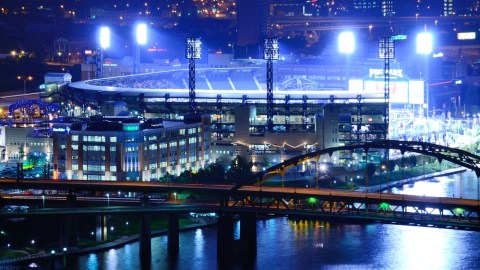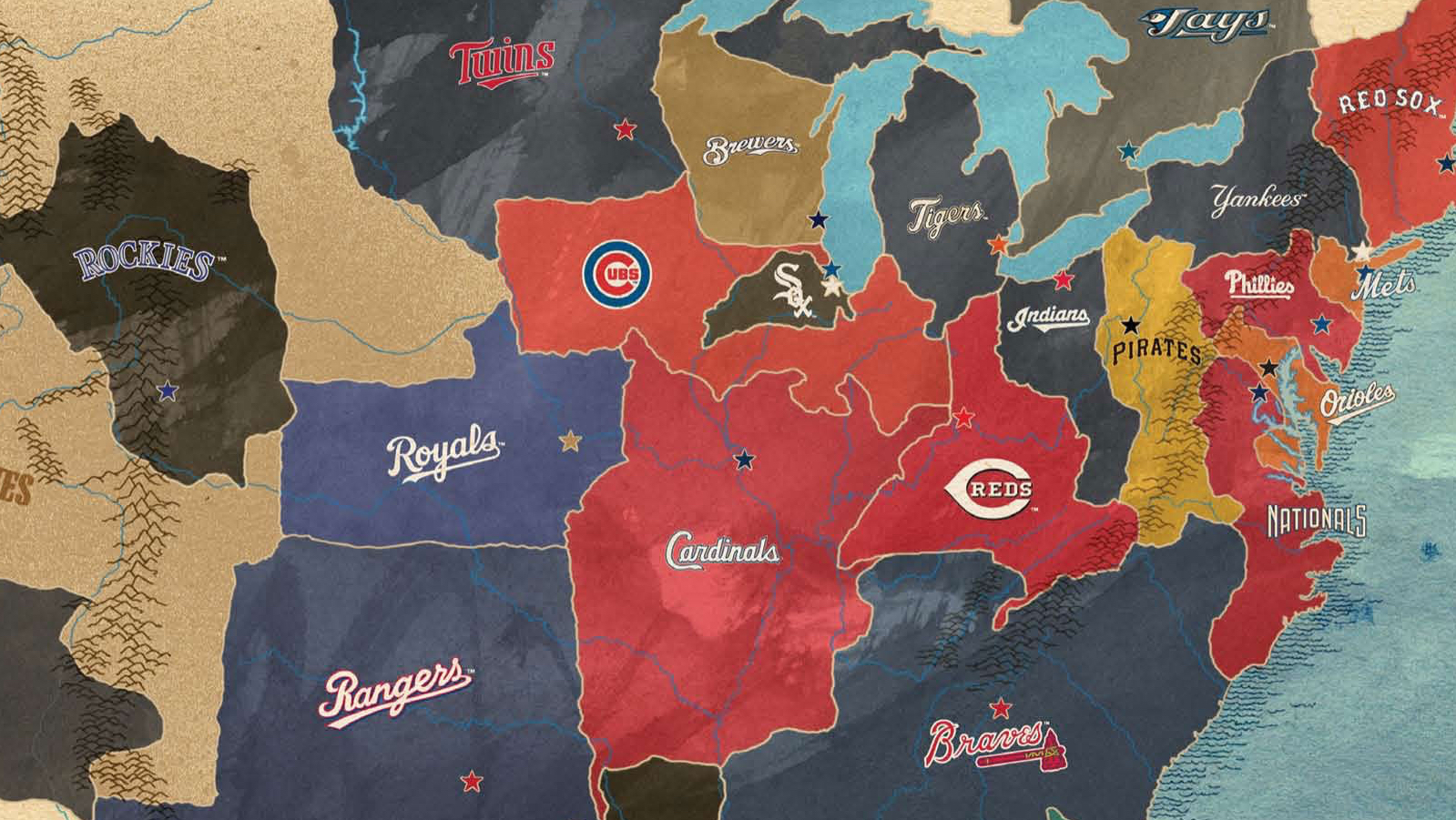A Look Back at the 20-Year Renaissance of Baseball Architecture

What’s the Latest?
Regardless of your feelings about the questionable ways they’re funded, baseball stadiums are marvelous pieces of architecture that have come a long way since the cookie-cutter concrete doughnuts of the 1970s. Jason Rehel of the National Posthas authored a terrific profile on the time period between 1992 and 2012 when over 2/3 of Major League teams moved into new facilities. Most of the new stadiums were designed by Kansas City-based architecture firm Populous, which specializes in creating ballparks that reflect the personalities and feels of the cities in which they’re built.
What’s the Big Idea?

Oriole Park at Camden Yards – Photo credit: spirit of america / Shutterstock.com
The baseball architecture Renaissance began in 1992 with the construction of Oriole Park at Camden Yards in Baltimore. Built on the Baltimore Inner Harbor and placed up against the former B&O Warehouse, the Orioles’ new stadium was lauded as a success for a number of progressive design innovations. A baseball-only park, it took advantage of baseball’s laissez-faire rules with regard to field dimensions and created an atmosphere that evoked ballparks of old like Boston’s Fenway Park. Fans are treated to a beautiful view of the city skyline, are able to circle the stadium on wide concourses, and predominantly enter/exit through a plaza beyond the outfield walls. These design elements became staples of the “retro” ballpark movement and are similarly featured at Nationals Park in Washington, PNC Park in Pittsburgh, and Busch Stadium in St. Louis, to name just a few. Not all new stadiums are nostalgic pastiches of old-time baseball — just look at Marlins Park in Miami (and their garish/glorious home run sculpture beyond left field).
I encourage you to read Rehel’s article and learn more about all that goes into designing these beautiful facilities.
Keep Reading at National Post

Marlins Park in Miami — Photo credit: Kamira / Shutterstock
AT TOP: PNC Park in Pittsburgh – Photo credit: Sean Pavone / Shutterstock




